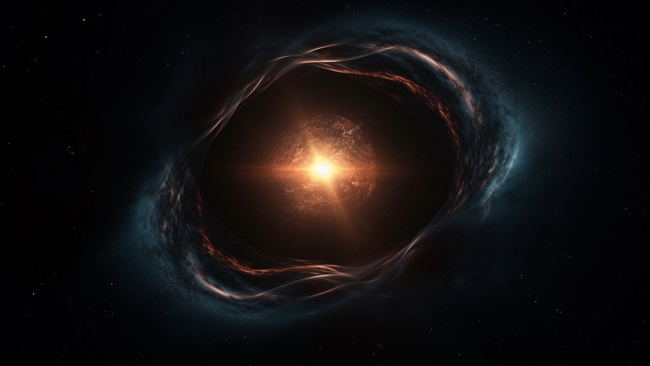
In the fascinating history of our universe, the period known as the “cosmic dark ages” remains one of the most mysterious and profound. Occurring shortly after the Big Bang, these “dark ages” spanned hundreds of millions of years and left no visible trace. Yet, this was the quiet era in which the universe was laying the groundwork for all cosmic structures we see today—galaxies, stars, and eventually planets.
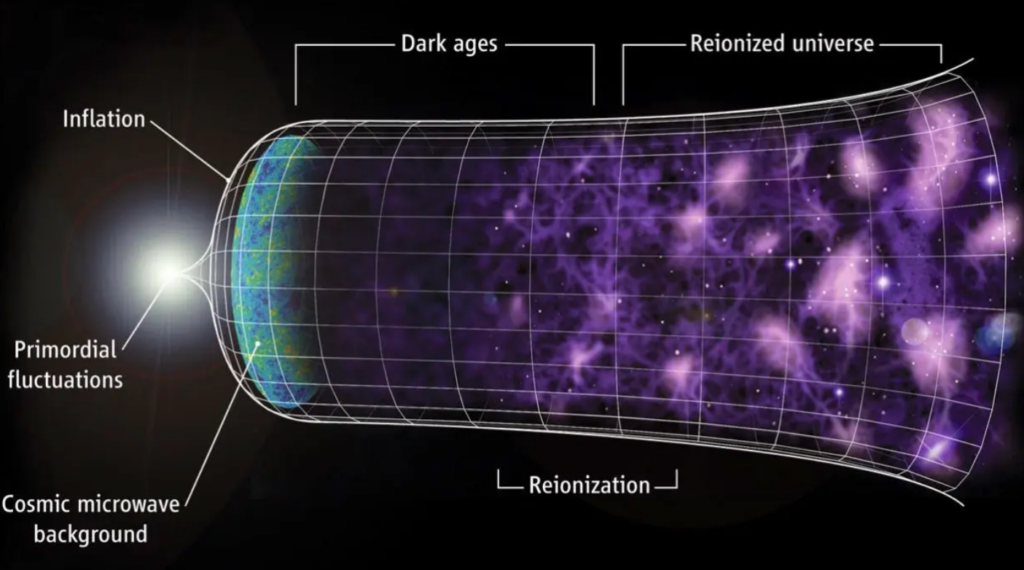
The Universe’s First Glow and the Beginning of Darkness
To understand the cosmic dark ages, we must first go back to the initial moments after the Big Bang, about 13.8 billion years ago. Following the intense explosion, the universe was an incredibly hot and dense plasma filled with free particles—protons, neutrons, and electrons. During this phase, photons (light particles) were continuously scattered by these particles, preventing any coherent light from traveling through space. The universe was essentially a blinding, opaque fog.
Around 370,000 years after the Big Bang, however, the universe cooled enough for protons and electrons to combine and form neutral hydrogen atoms in a process known as “recombination.” This shift allowed photons to move freely without scattering, and the universe became transparent. This era marks the release of the “cosmic microwave background” (CMB), the faint afterglow of the Big Bang that we can still observe today. Though the universe had become transparent, it had no light sources—no stars, no galaxies. Thus, began the cosmic dark ages.
A Cold, Dark Universe: What Happened During the Dark Ages?
In the cold and dark cosmos, hydrogen atoms drifted freely, but under the influence of gravity, they began to clump together. The universe’s matter was not evenly distributed; some regions contained slightly more matter than others. Over time, these denser areas grew, as gravity attracted more and more hydrogen gas into localized clusters. This slow gravitational pull formed the first “halos,” invisible scaffolds that would one day become the birthplaces of stars and galaxies.
This period also marked a time of vast cosmic silence. Without any light-producing bodies, there was no energy to break apart these neutral hydrogen atoms, meaning the universe remained dark, cold, and quiet.
The First Light: How the Cosmic Dark Ages Ended
The darkness of this era eventually ended with the ignition of the first stars. Roughly 200 million years after the Big Bang, hydrogen clouds became dense enough to ignite nuclear fusion, the process powering stars. These first stars—massive, bright, and short-lived—began the process known as “cosmic reionization.” The intense ultraviolet radiation from these stars ionized the surrounding hydrogen, breaking it back down into protons and electrons and turning the universe from a neutral to an ionized state. This transition allowed light to spread more freely and marked the end of the cosmic dark ages.
Reionization was not an immediate, universal change. Rather, as more stars and galaxies formed, patches of reionized space expanded like bubbles, eventually connecting and flooding the cosmos with light. This process created a more complex cosmic web and allowed light from countless stars to permeate throughout the universe, illuminating a much larger structure.
Why the Cosmic Dark Ages Are Still a Mystery
Though the dark ages ended billions of years ago, they remain an elusive frontier for scientists. Much of our knowledge about this period is inferred from indirect observations, such as the cosmic microwave background and the structure of the universe today. Observing this period directly is challenging because it lies beyond the reach of most current telescopes.
New-generation telescopes, like the James Webb Space Telescope (JWST), aim to probe these early times by observing the faint, redshifted light from the first galaxies and stars. By examining these distant objects, scientists hope to piece together how early cosmic structures formed and how the universe evolved from a dark, cold, uniform state into the complex, light-filled cosmos we inhabit.
The Significance of the Cosmic Dark Ages
The cosmic dark ages were more than just an absence of light; they were a fundamental period of formation. This quiet era allowed matter to clump and form the first stars and galaxies, which in turn set off a chain reaction leading to the complex universe we know. Though this period was dark, silent, and enigmatic, it laid the foundation for the stars, galaxies, and, eventually, life itself.
The cosmic dark ages serve as a reminder of the universe’s humble beginnings and the slow, intricate process through which it transformed into the dazzlingly complex cosmos we observe today. In a sense, the universe had to endure the darkness before the light, setting the stage for all of its beauty and mystery to come.
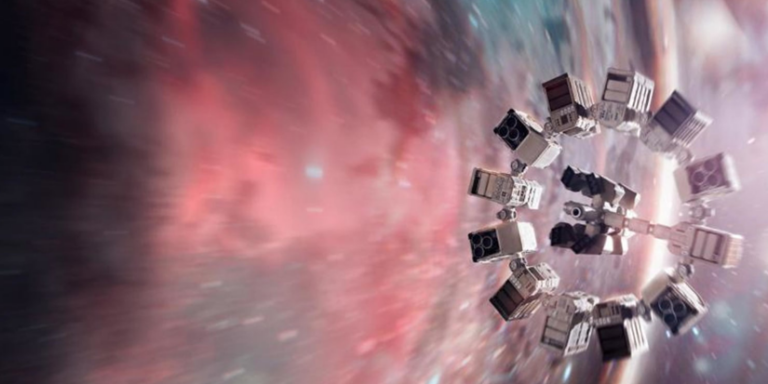
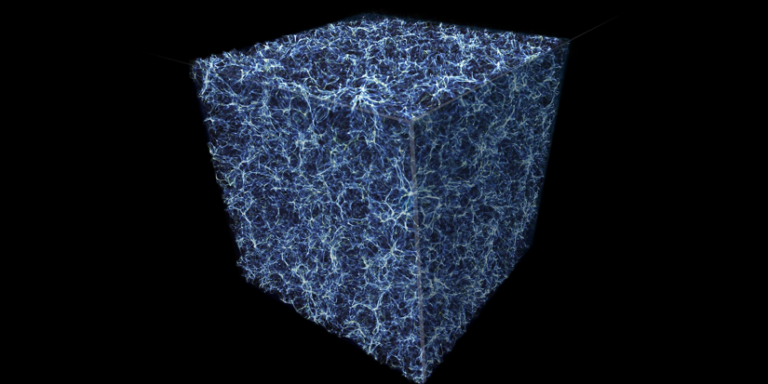
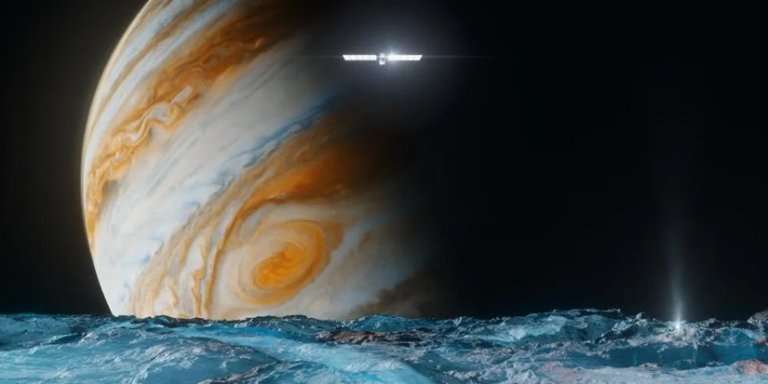

1 thought on “What is the Cosmic Dark Ages?”